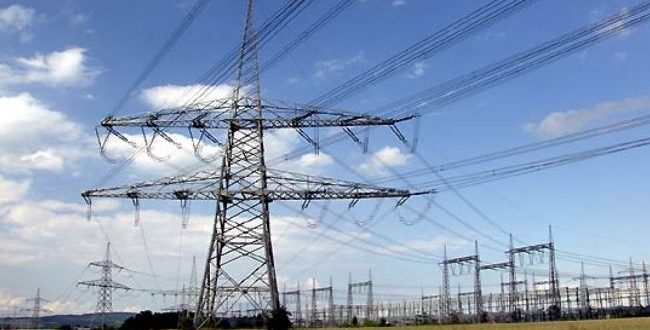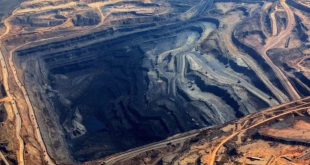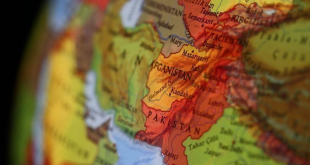By Zia Nezam
Climate change is critically affecting Afghanistan’s supply of electricity and water, and plans must be put in place to mitigate this risk. It is estimated that 80% of energy in Afghanistan is supplied by imported energy provided by neighboring countries. This climate change risk was highlighted last week when Tajikistan reduce its export of electricity to Afghanistan by 90% (from 450 MW to 40 MW) due low water levels in the Nurek reservoir and hydroelectric dam. The water level in the reservoir is 17-meters lower compared to last year, due little snowfall in the mountains during the winter. As a result, 50% less water is running in the Vakhsh and Panj rivers, both tributaries of the Amu Darya river, which feed into the reservoir. To emphasize the severity of this issue, Tajikistan has also impose restrictions on the supply of electricity to its own population and cut off electricity exports to Uzbekistan. While Afghanistan has mitigated the reduction of electricity supplied by Tajikistan by increasing energy imports by 200 MW from Uzbekistan, this example highlights the fact that energy independence is a national security concern and Afghanistan needs to better manage its own water due to increasing water scarcity. Our water scarcity is nationwide and felt most visibly in Kabul, where there has been drastic drops in the groundwater levels in the Kabul region.
“May Kabul be without gold, but not without snow,” implores an popular Afghan proverb. A critical unknown factor in Afghanistan’s water future is the influence of a warming climate on the glaciers. Reductions of the mountain snowpack and glaciers due to climate change could have a profound effect on Afghanistan’s water resources. Afghanistan relies on winter snowfall in the mountains to recharge the snowfields and glaciers that supply water to its perennial and ephemeral rivers and streams. The rivers recharge the groundwater, so less water running through the rivers result in water level drops in the ground water. This is evident in Kabul by having to drill deeper and deeper water wells to reach the groundwater. Adding to the scarcity, there has been a continuing drought of rainfall in all Afghanistan in the recent past, which may be due to climate change. Additionally, the drastic population growth in Kabul in the last decade has results in more groundwater being depleted. With climate change and the growing population, mitigating actions should be taken now before it’s too late.
Water scarcity has only worsened annually since the US Geology Survey (USGS) with Afghan hydrologists made their assessment five years ago. Afghanistan’s two largest watersheds, the Amu Darya and the Helmand rivers, fed principally with snowmelt and glacier melt from the Pamir and Hindu Kush mountain ranges, have experienced severely diminished flows. Lack of snow pack and rising temperatures are severely affecting all of Central Asia, as evident with the power cuts from Tajikistan. Moreover, as the lack of water destroys vegetation, barren lands are more vulnerable to flooding and landslides. The consequential human misery can lead to political instability.
Monitoring by NASA satellites reveals that the continuing drought Afghanistan and regional neighbors are enduring may be the worst dry period in 900 years. Yet, we Afghans can and must act to lessen the harshness of the situation. According to the authoritative World Resources Institute, Afghanistan is among the world’s 35 most water-stressed countries. Sadly, the situation of its neighbors Iran, Pakistan, Turkmenistan, and Uzbekistan is even worse.
The extreme shortage of rain and snow, a booming population, and wasteful consumption patterns has deleted and polluted aquifers, natural underground reservoirs. These factors have caused the aquifer water levels to drop steadily. Wells in Kabul, for instance, must be bored at least 100 meters down. Testing indicated that water withdrawals are occurring at twice the rate of recharge to replenish the aquifers in Kabul region. Since 2010, the subterranean water levels in the Kabul area have dropped more than 30 meters. Water extraction is over-exploited in rural areas as well, where populations cannot get water from surface sources.
Afghanistan drastically needs a comprehensive natural water management plan. Any economic recovery or development scheme must address water scarcity directly. Much greater public awareness, better governmental oversight and regulation, more efficient irrigation practices (to include the rehabilitation of antiquated irrigation systems), and basic water conservation would be in any sound water management system.
 Afghanistan Times Latest News and Analysis from Afghanistan and the Region
Afghanistan Times Latest News and Analysis from Afghanistan and the Region




